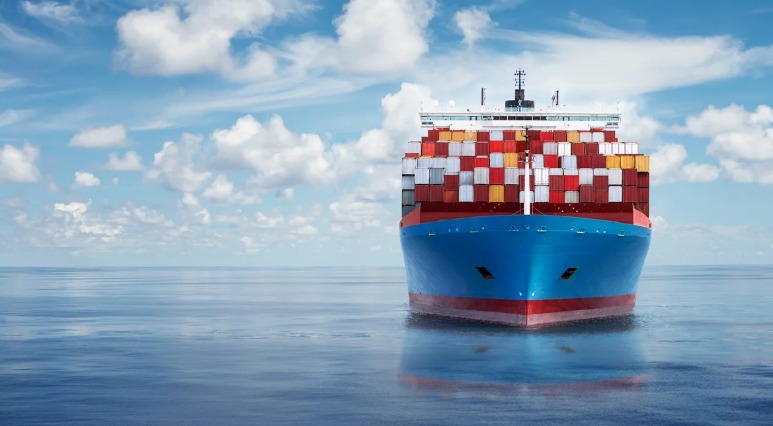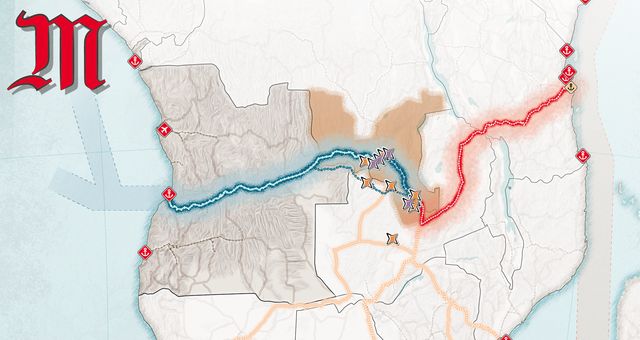“What if Senegal became the beating heart of Africa’s maritime renaissance? Yes: a scientific, cultural, and ecological beacon on the shores of the Atlantic.” — O.B.
Senegal, a Nation of Water and Horizons
Senegal is a country shaped by water. Between the Atlantic Ocean, the river that bears its name, and other major waterways—the Gambia/Saloum, the Casamance—a millennial story has unfolded: one of currents, voyages, migrations, cultural crossovers, and commercial exchanges.
From Saint-Louis to Kayar, from Rufisque to Kaolack or Ziguinchor, every port, every canoe, every jetty, every coastal village tells part of the world’s story.
Yet this maritime history—once a tale of glory, trade (sometimes triangular), exchange, and sorrow—remains unfinished. For Senegal is a nation of the sea… that still looks too much to the land.
In a world searching for sustainability, identity, and blue innovation, the country’s destiny lies in reconciling with the water—to once again become what it was meant to be: a maritime, cultural, and scientific power.
This vision should inspire a bold ambition: the creation of a City of the Sea and the River.
Atlantica Senegal — a Visionary Project
On the Atlantic coast, or along one of the country’s historic riverbanks, a visionary project could emerge: “Atlantica Senegal” (or any other inspiring name).
It would be a vast scientific, cultural, ecological, and touristic complex, conceived as a symbol of sovereignty, memory, and the future—a place where the sea becomes a school, the river becomes a laboratory, and water becomes a bridge between peoples.
An Integrated, Sustainable, and Universal Vision
The City of the Sea would embody an innovative and sustainable model built on four key pillars:
1. Science and Blue Innovation
Inspired by institutions like the Oceanographic Institute of Monaco, the Scripps Institution of Oceanography (California), or the National Oceanography Centre (UK), Senegal would establish an International Center for Oceanographic and River Research (CIROF).
This hub would bring together universities, researchers, startups, and international organizations to focus on:
- marine and coastal biodiversity research;
- marine technologies and renewable energies;
- climate change observation through water systems;
- ocean mapping and predictive systems.
This scientific hub would drive Senegal’s environmental and climate leadership in West Africa—much like Kenya in conservation or Morocco in renewable energy.
2. Maritime Memory and Culture
Like Lisbon’s Oceanarium or the National Maritime Museum in Greenwich, the Museum of the Sea and Atlantic Memory would trace Africa’s maritime history—from precolonial navigation to European explorations, from the transatlantic slave trade to contemporary globalization.
The museum would blend archives, artistic creations, immersive technologies, and oral storytelling—celebrating traditional knowledge: navigation techniques, fishermen’s culture, songs, rituals, and ancestral tales.
It would be a universal space—a place of reconciliation between continents and peoples, bridging memory and the future.
3. Education, Youth, and Transmission
Inspired by Brest’s Oceanopolis or Singapore’s Marine Life Park, the Great Atlantic Aquarium would showcase Africa’s marine and river biodiversity—particularly from West Africa.
It would be a space for discovery and interactive learning for families, schools, researchers, and tourists.
Alongside it, the Blue School of Senegal would train future professionals in diverse maritime fields:
oceanography, naval engineering, diving, aquaculture, marine energy, underwater archaeology, museology, and ecotourism.
This school would become the cornerstone of a sovereign and competitive blue economy, linked to universities, the Navy, private enterprises, and local authorities.
4. Ecology and Coastal Resilience
Inspired by models such as The Ocean Cleanup (Netherlands), the Blue Economy Institute (Norway), and the Scientific Center of Monaco, the City would include ecological restoration labs, mangrove replanting programs, climate observatories, and anti-pollution initiatives—particularly against plastic waste.
A Coastal and River Observatory would monitor erosion, salinization, water quality, and sea level rise—making the City both a scientific tool for public policy and an instrument of environmental sovereignty.
III. An Economic, Touristic, and Territorial Engine
A Catalyst for the Blue Economy
The City would serve as a hub for investment and innovation—a cluster of maritime companies, eco-startups, research institutes, and international partnerships.
Its economic impact would be significant:
- creation of direct and indirect jobs (construction, maintenance, tourism, education, research);
- development of cultural and scientific tourism;
- enhancement of the coastline;
- emergence of local, sustainable ecosystems centered around the sea and the river.
A Tool for Territorial Branding and Regional Leadership
The City of the Sea would position Senegal as the maritime and environmental capital of West Africa, much like Lisbon for the Atlantic, Monaco for the Mediterranean, or Busan for Asia.
Dakar—already a regional institutional and air transport hub—would also become a maritime crossroads of knowledge, culture, and ecology.
This project would symbolize Senegal’s soft diplomacy: projecting the image of an open, sustainable, and inspiring nation—and a major tourism and cultural destination.
A Symbolic and Sustainable Architecture
Its architecture—evoking the flowing forms of the sea and traditional pirogues—would follow principles of sustainable urbanism: renewable energy, water management, local materials, climate resilience, and landscape integration.
A strong architectural statement, much like the Museum of Black Civilizations or the Grand Egyptian Museum, embodying a Senegal turned toward the future and universality.
Governance and International Cooperation
The project would rely on a hybrid and collaborative model:
- the State and local authorities for planning and coordination;
- universities and research centers for scientific production;
- private partners and sponsors for construction and management;
- international institutions (UNEP, UNESCO, UNDP, FAO, World Bank, African Union) for technical and financial support.
Partnerships could be established with:
- the Oceanographic Museum of Monaco,
- the National Museum of Natural History (Paris),
- NOAA (USA),
- the World Maritime University (Sweden),
- and the Blue Climate Initiative (Polynesia)
A Project of Identity and Planetary Scope
Atlantica Senegal is not merely an infrastructure—it is a civilizational project, a grand work of memory and foresight that speaks as much to youth as to science, as much to the planet as to history.
- Historically, it reconciles the memory of the slave trade with Africa’s maritime pride.
- Ecologically, it commits the nation to the global fight for the oceans.
- Economically, it generates value and employment through an innovative and sustainable model.
- Scientifically, it positions Senegal at the heart of ocean knowledge.
- Culturally, it reconnects with the imaginary of water, voyages, and encounters.
- Politically, it asserts regional—and even global—leadership on maritime and climate issues.
Conclusion: A Beacon for the 21st Century
The City of the Sea and the River would stand as both a promise and a legacy.
A promise to the youth—of future, knowledge, and dignity regained.
A legacy to the world—of a continent that no longer drifts with the currents, but guides them, enlightened by memory and history.
Through this project, Senegal would once again become a beacon on the Atlantic—
a place where the sea enlightens the land,
science meets memory,
and the past becomes the future.
Atlantica Senegal – City of the Sea and the River will be the place where memory dives deep, science rises to the surface, and the Nation reinvents itself.
Or, quite simply, a powerful tool for tourism promotion and territorial branding.
Source: senenews




